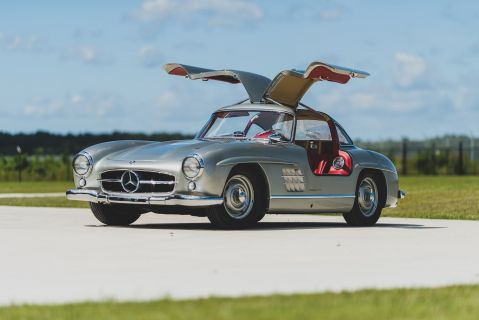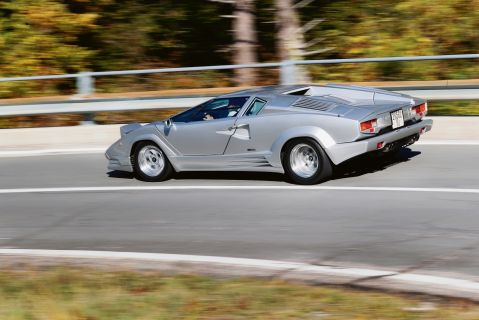The story of Mercedes Benz
2025-04-16 14:43:06
Mercedes
has a long and well established history dating back to the dawn of
automotive history. Learning about this will help you appreciate your
new luxury vehicle even better.

Part
of what draws so many people to the Mercedes brand is its long-standing
history of refinement and excellence. Sometimes, knowing a little more
about that history and the specifics surrounding the development of the
brand can help you appreciate your new luxury vehicle a little more.
The
name itself came from the daughter of an Austrian businessman, Emil
Jellinek, who visited the Daimler factory in 1897, to buy his first
vehicle. He had a love for speed, and just a year later he purchased two
more Daimler cars with whopping top speeds of 24 km/hour. At the time,
Daimler vehicles were known as some of the best in the industry.
Soon
he became involved in car racing. At the turn of the century he was
racing under the name Mercedes in honor of his daughter. He was also
selling Daimler cars, and soon he started working with them in the
creation of new, better products. In 1900 the Daimler company created a
new engine that had his name, the Daimler-Mercedes.
The
first vehicle to sport this new name was a 35-hp race car at the end of
1900. The car had a low center of gravity, lightweight,
high-performance engine, honeycomb radiator, and pressed-steel frame.
Many historians regard this today as the first modern car.
Jellinek
was quickly becoming the biggest buyer and seller of these top-notch
vehicles. In 1901 he ordered so many of the vehicles that the plant was
at full production capacity. A year later his daughters name was
registered as the trade name for the vehicles. Jellinek changed his name
to Jellinek-Mercedes in 1903 as a result of his unusual success in
selling and marketing these vehicles.
Every
good company needs a trademark symbol, and for this vehicle it was the
three-point star. The companys founder died in 1900, but his sons, Paul
and Adolf Daimler, remembered that a star had been used as a symbol by
their father, and that he had once written that the star would shine
over his factory. The three-point star has adorned the hood of the
companys vehicles since 19010. The three points symbolize land, water,
and air: the three areas Daimler wanted to motorize.
The
Benz part of the companys name didnt enter the scene until after World
War I. The drop in the economy that occurred after this war caused few
people to purchase cars and only those who were well-established were
able to survive. This forced the Daimler brand and Benz & Cie, which
were at one time rivals, to form a merger. In 1924 they formed a
syndicate, and two years later merged to form Daimler-Benz AG.
They
created a new logo that merged the Mercedes star with the Benz laurel
wreath, and since that time this merged logo has stood for the company,
its vehicles, and the ultimate in automotive luxury. As the company
heads into the future , it continues to embrace technology and
innovation while sticking to the tradition that has helped it become a
leader in luxury class vehicles.










